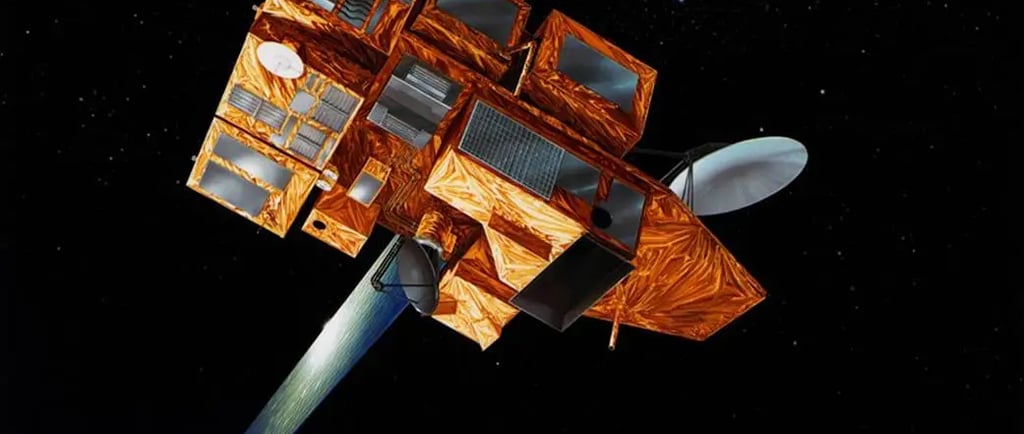The ADEOS II Mission: The Role of the Seawinds Scatterometer


Introduction to ADEOS II
The ADEOS II mission, known as Midori-II in Japan, was a pivotal international satellite project focusing on our planet's environmental monitoring. Launched on December 20, 2002, and primarily led by the Japan Aerospace Exploration Agency (JAXA), this mission also saw substantial participation from NASA, the U.S. space administration, and the French Centre Nationale d’Études Spatiales (CNES). Despite its promising objectives, the mission was cut short just ten months after its launch due to the unfortunate failure of its solar panel on October 24, 2003.
The Seawinds Scatterometer's Functionality
Central to ADEOS II's functionality was the Seawinds scatterometer, an advanced instrument designed to monitor surface winds over the oceans. The data collected by the scatterometer played a crucial role in understanding the ocean's impact on weather patterns and the global climate system. With its ability to quantitatively estimate the biomass and fundamental productivity of marine ecosystems, Seawinds contributed valuable insights into the carbon cycle, aiding researchers in understanding the interactions between oceans and the atmosphere.
Impact on Global Climate Research
The data obtained from the ADEOS II mission significantly enhanced our understanding of the water and energy cycles that are fundamental to the global climate system. The Seawinds scatterometer's capabilities extended beyond maritime wind measurements; it allowed for the assessment of climate variability and change effects over time, thus providing a critical perspective on environmental shifts influenced by human activity. Although the mission ended prematurely, the contributions of ADEOS II, particularly through the Seawinds instrument, left a lasting legacy in climate science and oceanography.
